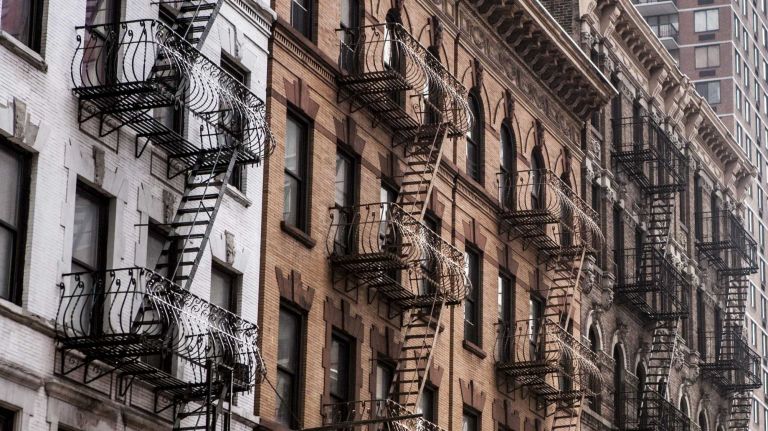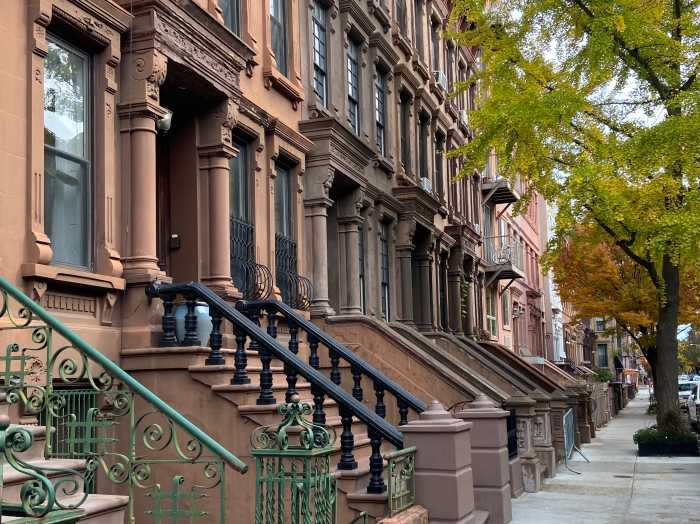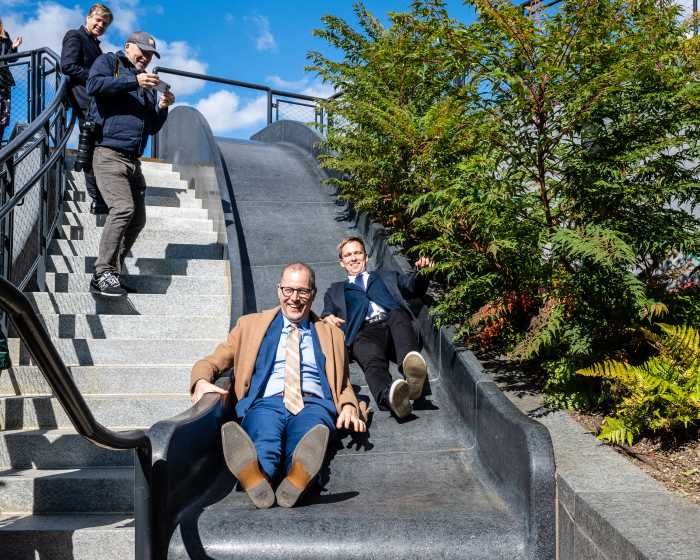
In a small storefront on East 116th Street in Spanish Harlem, community groups and residents recently railed against the city’s plans to rezone the neighborhood. Mayor Bill de Blasio’s administration — the focus of criticism and protests over its proposed “affordable housing” plans — has released a draft with additions proposed for El Barrio in a few years: up to 4,000 new apartments, at least 8,400 new residents, more than 150,000 square feet of new commercial space and “more than 500 residents” displaced.
Marina Ortiz, the founder of East Harlem Preservation, an advocacy group, said NYC wouldn’t be able to “track, let alone enforce” its affordable housing promises. The plan depends on federal funding that could be in doubt postelection. She also pointed to political donations to officials by developers licking their chops to build more luxury towers in poor neighborhoods.
About a block away from the storefront meeting, a recently closed supermarket sits in an area where the city is encouraging 30-story luxury buildings. Hunter College professor Tom Angotti, an author and former senior city planner, was at the meeting. High-rise developments, he said, are often akin to “vertical file cabinets for excess money” for the rich, who see luxury housing as investments.
In addition to fears that gentrification brings affluent residents who change the community culture (which leads to long-term indirect displacement), luxury condos are not solving the housing problem. Angotti said that can be addressed without upzoning a community, much as then-Mayor Mike Bloomberg did in Williamsburg in Brooklyn.
Both Ortiz and Angotti say Spanish Harlem shouldn’t be rezoned. They describe a neighborhood plan facilitated by Council Speaker Melissa Mark-Viverito and local nonprofits as “phony.” Other local groups, like El Barrio Unite and Movimiento Por Justicia en El Barrio, say affordable housing can be achieved by focusing on and protecting existing resources.
The city’s response to critics who call the affordable-housing plans a Trojan horse for gentrification is that its plan is better than no plan. That sort of tired sales trick shouldn’t stop residents from standing firm and sending a clear message to City Hall: No.
Josmar Trujillo is a trainer, writer and activist with the Coalition to End Broken Windows.



































